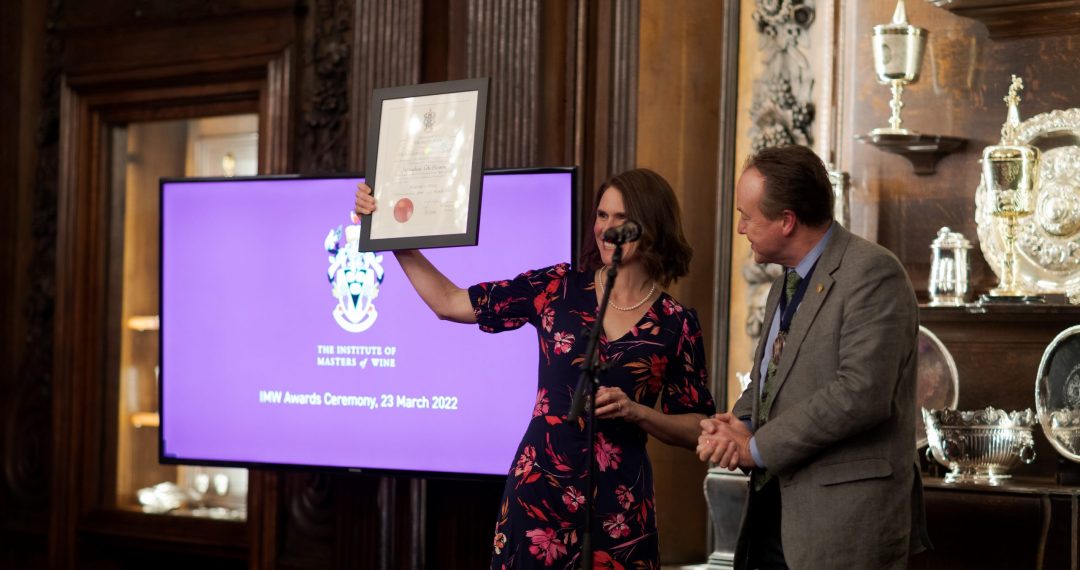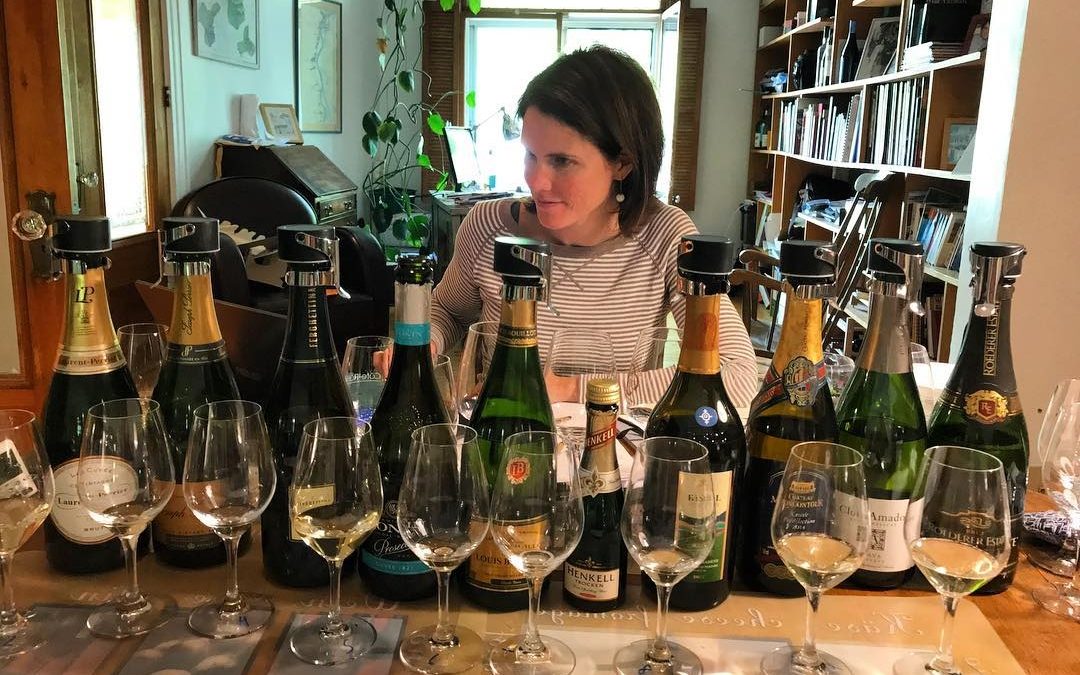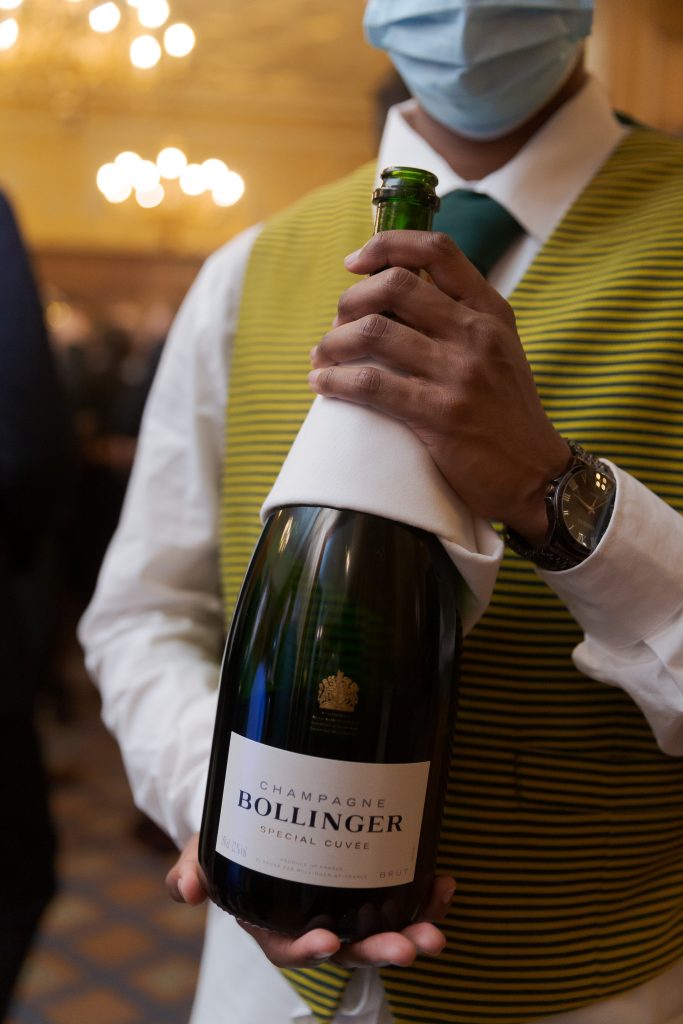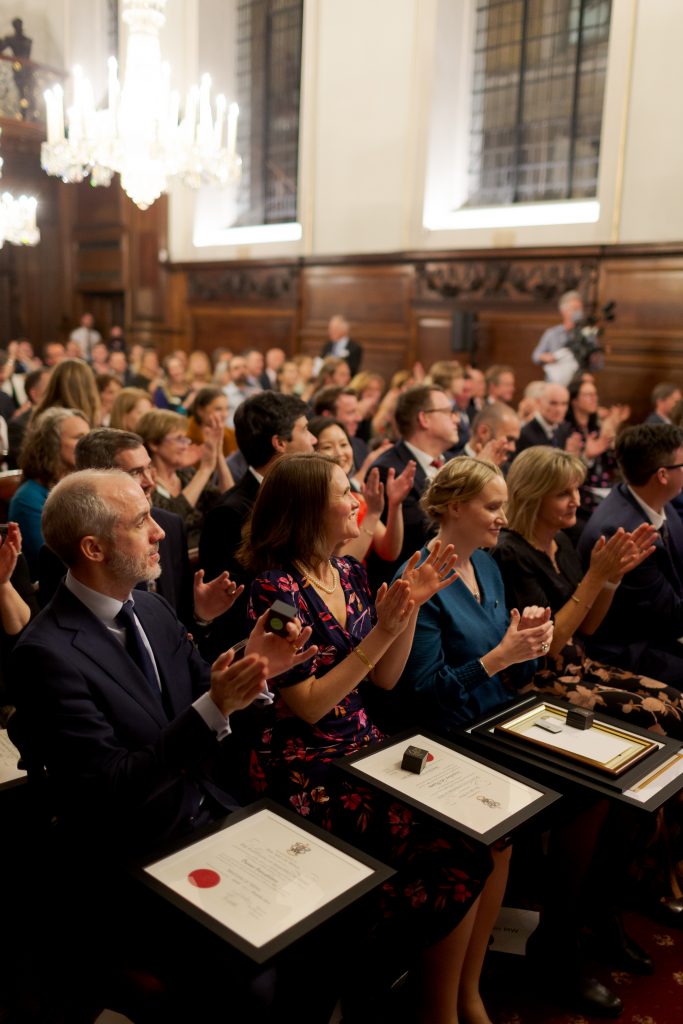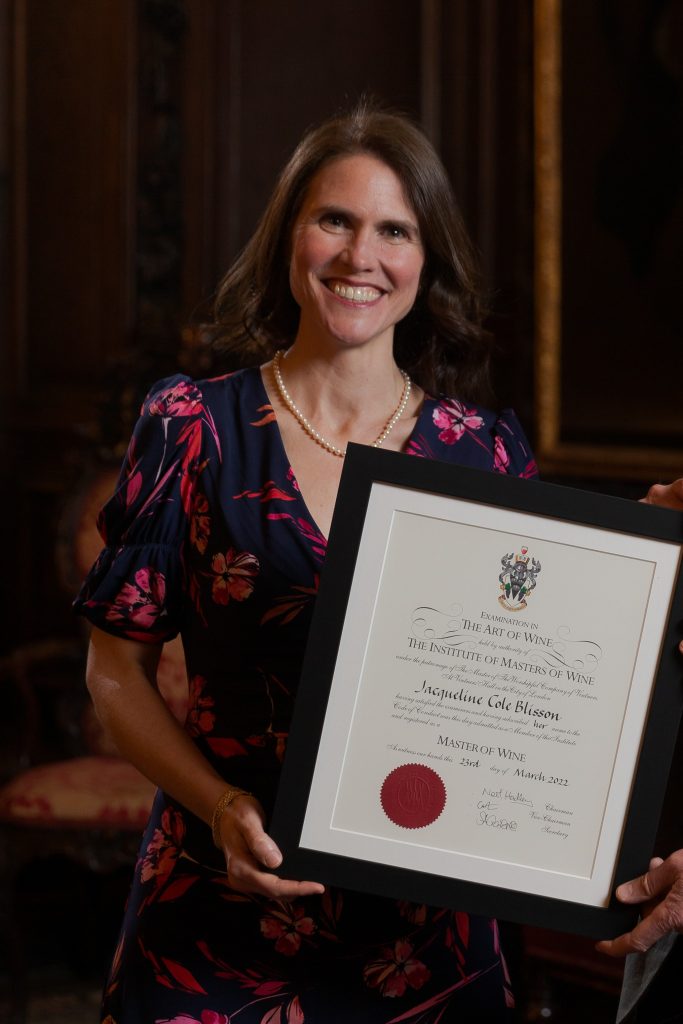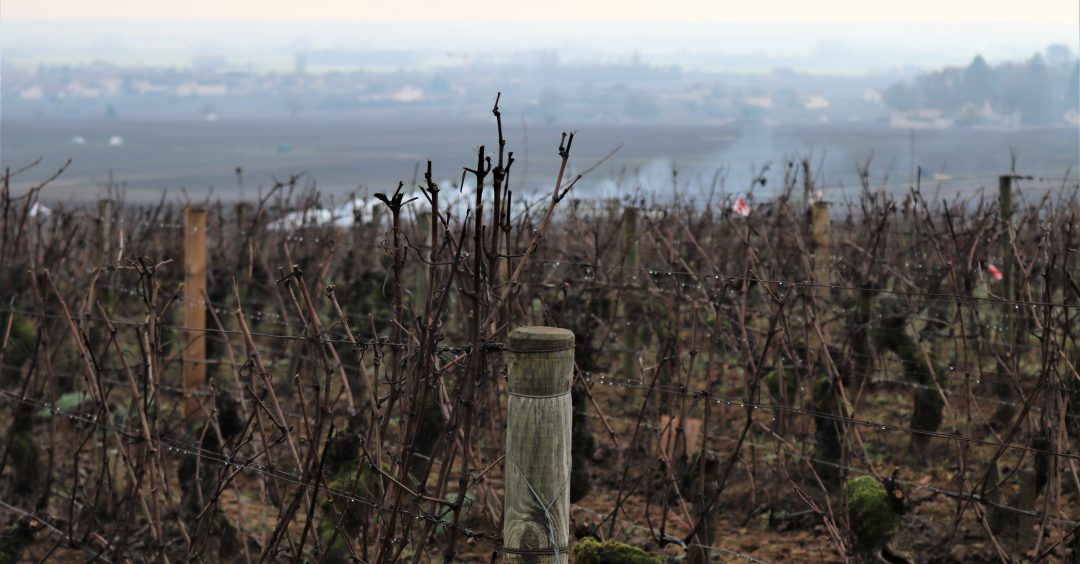In 2029, Champagne Bollinger will celebrate its 200th anniversary. This renowned Maison is one of just three Champagne estates to be owned by the same family since its inception. Throughout its history, Champagne Bollinger has built up impressive global recognition, from its British royal warrant, held continuously for over 130 years, to its role as James Bond’s favourite bubby, and beyond.
Champagne Bollinger is located in the grand cru village of Aÿ, in the Vallée de la Marne. This is prime Pinot Noir country and indeed Bollinger is a decidedly Pinot Noir-centric Champagne producer. Pinot Noir makes up anywhere from 60 to 100% of all Champagne Bollinger wines.
At a recent Champagne Bollinger tasting in Montréal, 6th generation family member Cyril Delarue related that this Pinot Noir signature is one of the core points of differentiation for Bollinger, giving the wines notable “structure, body, and longevity”.
Champagne Bollinger is both a substantial vineyard owner and a négociant, purchasing up to 50% of its grapes – with near exclusive sourcing of premier and grand cru grapes. Of Bollinger’s 180 hectares of owned vineyards, 151 hectares are located in premier and grand cru villages; notably Aÿ, Avenay, Tauxières, Louvois and Verzenay for Pinot Noir, and Cuis for Chardonnay.
As per many top-quality Champagne producers, Champagne Bollinger only uses the first pressing juice – la cuvée – in its wines. According to the Comité Champagne, “the cuvée is the purest juice of the pulp, rich in sugar and acid. This produces wines with great finesse, subtle aromas, a refreshing palate, and good ageing potential.”
While many Champagne houses prefer to vinify and age their base wines in stainless steel, Bollinger is among the rare houses that retained a focus on oak maturation. The Bollinger cellars house over 4000 oak barrels, managed by their in-house cooper. Oaked blending components go into all of Bollinger’s wines giving them “a rich, broad, textural quality…that is inimitable” said Cyril.
Another major influence on Bollinger’s distinctive style is the very high levels of reserve wines used in their non vintage wines. Reserve wines are still wines, that haven’t undergone secondary fermentation. These aged wines bring significant aromatic complexity and depth of flavour to non vintage Champagnes.
At Bollinger, reserve wines account for more than half of wines like the Bollinger Special Cuvée and Bollinger Rosé. These reserve wines range from five to 15 years of age and are stored in a mix of tanks and cork-sealed magnums. The magnums are bottled with a small amount of liqueur de tirage (sugar and yeast) to provoke a partial refermentation creating small bubbles which keep the wines fresh and pure in flavour.
The selection and blending of reserve wines is a true art. Cyril explained that Bollinger cellar master Gilles Descôtes seeks to express all forms of fruit – from tart, just ripe nuances to heady, dried fruit notes – in his wines. This is a hallmark of Champagne Bollinger, he adds.
To celebrate the Canadian launch of Bollinger La Grande Année 2014, Cyril poured these four lovely wines from Champagne Bollinger.
Champagne Bollinger Special Cuvée – 94pts. LW
Special Cuvée is a non-vintage blend of over 400 different wines from predominantly premier and grand cru vineyards, made from 60% reserve wine. One fifth of the blend was fermented in oak. The varietal split is 60% Pinot Noir, 25% Chardonnay, 15% Meunier. The bottle tasted was disgorged in December 2021.
Aged over 30 months on lees, the Special Cuvée has an inviting nose, redolent with dried apricot, nougat, ripe lemon, and apple. The palate is crisp and refreshing, with creamy, well-defined bubbles, and an expansive mid-palate. Tangy notes of granny smith apple and lemon mingle with deeper, more savoury, leesy flavours on the finish. Long and relatively dry.
Where to Buy: SAQ ($89.50), LCBO ($91.95)
Champagne Bollinger Rosé – 92pts. LW
Bollinger recently increased the percentage of Chardonnay in the non vintage rosé to soften the blend and make it less “vinous” according to Cyril Delarue. The current blend is very similar to the Special Cuvée in terms of its varietal split, reserve wines, vineyard ranking, and oak. The pale salmon colour is derived from a 5% addition of red wine into the blend.
Fragrant red and dark berries feature on the nose, with underlying hints of anise, spring flowers, and candied stone fruits. Really lively on the palate, from its sleek, vigorous mousse to its tangy red fruit flavours, and moderately firm, medium-bodied structure. Finishes dry, with lingering red berry nuances. Very refined in style.
Where to Buy: SAQ ($119.25), LCBO ($123.00)
Champagne Bollinger La Grande Année 2014 – 97pts. LW
La Grande Année is Bollinger’s ultra-premium, vintage release only produced in excellent quality growing seasons – a phenomenon which is becoming increasingly common in Champagne. The blend is composed of 19 different crus, of which 79% are ranked grand cru and 21% are premier crus.
The base wines are vinified and aged in seasoned oak casks (20 years of age, on average) before transfer to bottle and ageing on lees for over seven years. All winemaking tasks, from riddling to disgorging, are carried out by hand.
Despite the mixed review received by the somewhat cool, rainy 2014 vintage, this is a masterful wine. Layers of quince, roasted hazelnut, dried lemon peel, salted caramel, and delicate floral hints unfurl on the nose in rapid succession. The palate has a taut, chiselled quality with savoury, lemony flavours, and ultra-fine, highly persistent bubbles. Hugely concentrated and multi-faceted with pleasing salinity on the long finish.
Where to Buy: SAQ ($282.00), LCBO ($228.00)
Champagne Bollinger La Grande Année Rosé 2014 – 96pts. LW
La Grande Année Rosé is vinified in the same way as the white, using essentially the same vineyard sourcing. An addition of 5% red wine from a steep, chalky hillside vineyard plot in Aÿ called La Côte des Enfants. This four-hectare Pinot Noir planting is among Bollinger’s most prized vineyard sites.
The 2014 La Grande Année Rosé has a very appealing nose of brioche, mixed spice, and wild berries, reminiscent of a summer pudding. Over time, hints of dried flowers and underbrush emerge. The palate is racy and full-bodied, with juicy red berry flavours deepened by nutty, savoury undertones. Finishes with a dry, subtly chalky texture and lingering fine mousse.
Where to buy: SAQ ($282.00)


